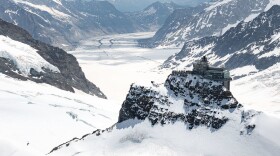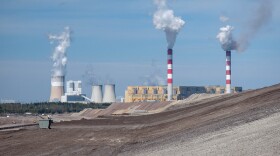Anyone who has flown out of cold places in the winter has experienced airplane deicing. The process, which must be performed just before takeoff to ensure safety, involves spraying a heated, glycol-based fluid onto aircraft surfaces to remove existing ice, snow, or frost. These frozen coatings can dangerously reduce lift and control during flight. They are often removed with electrical heating before deicing fluid is applied. The effectiveness of the deicing lasts for only a limited amount of time. If there are delays in takeoff, deicing may need to be repeated. Deicing is expensive and can lead to major delays in air travel during the winter.
Researchers at SINTEF, one of Europe’s largest independent research organizations,
have developed a new coating material that makes ice removal both more efficient and cheaper – without harming the environment.
The coating is based on polyurethane and can be sprayed or brushed directly onto aircraft surfaces, giving them ice-repellent properties and slowing down ice formation. Water-repellent additives are blended with water-based polyurethane paint, producing a coating that makes it easier for water droplets that hit surfaces to roll off. Ice builds up to a lesser extent and freezing is delayed for hours.
The project that produced the coating material was focused on aircraft and drones or other remotely piloted, unmanned aerial vehicles. But the technology can equally be applied for use on wind turbine blades. Ice formation on wind turbine blades can cause ice to be thrown or fall off, causing damage to nearby objects and injury to people.







